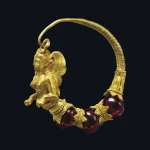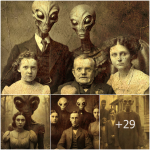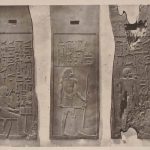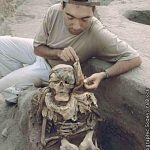Ancient Egyptian Treasures: Miniature Sculptures
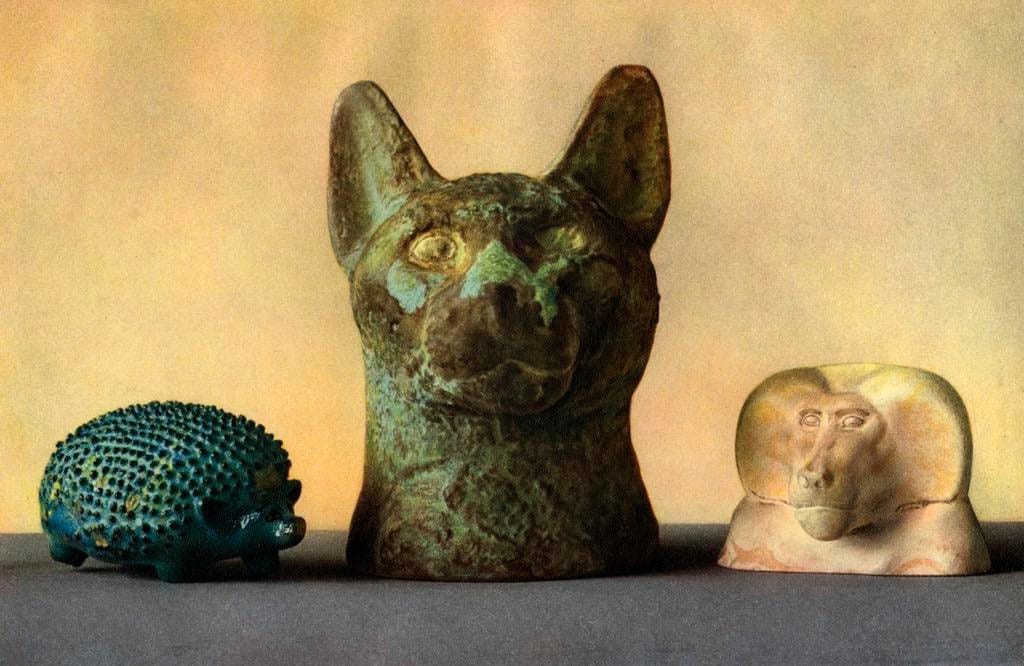
Within the annals of ancient Egyptian artistry, small sculptures emerge as precious relics that offer intimate glimpses into the spiritual beliefs, craftsmanship, and daily life of one of history’s most enduring civilizations. Spanning from the late 18th Dynasty to the Late Period, these diminutive yet intricately detailed artworks—such as the hedgehog, head of a cat, and head of a baboon—serve as testament to the Egyptians’ mastery of sculptural techniques and their deep reverence for the animal kingdom.
The hedgehog, head of a cat, and head of a baboon are among the myriad small sculptures that have survived the passage of millennia, bearing witness to the continuity and evolution of Egyptian artistic traditions. Crafted from materials ranging from limestone to bronze, these sculptures were often created with remarkable attention to detail, capturing the distinctive features and essence of each animal with exquisite precision.
In ancient Egypt, animals held profound symbolic significance, representing deities, guardians, and companions in both life and the afterlife. The hedgehog, known for its protective spines and nocturnal habits, was associated with protective qualities and vigilance. Its inclusion in small sculptures likely served to safeguard the deceased in tombs or to evoke qualities of resilience and self-defense in daily life.
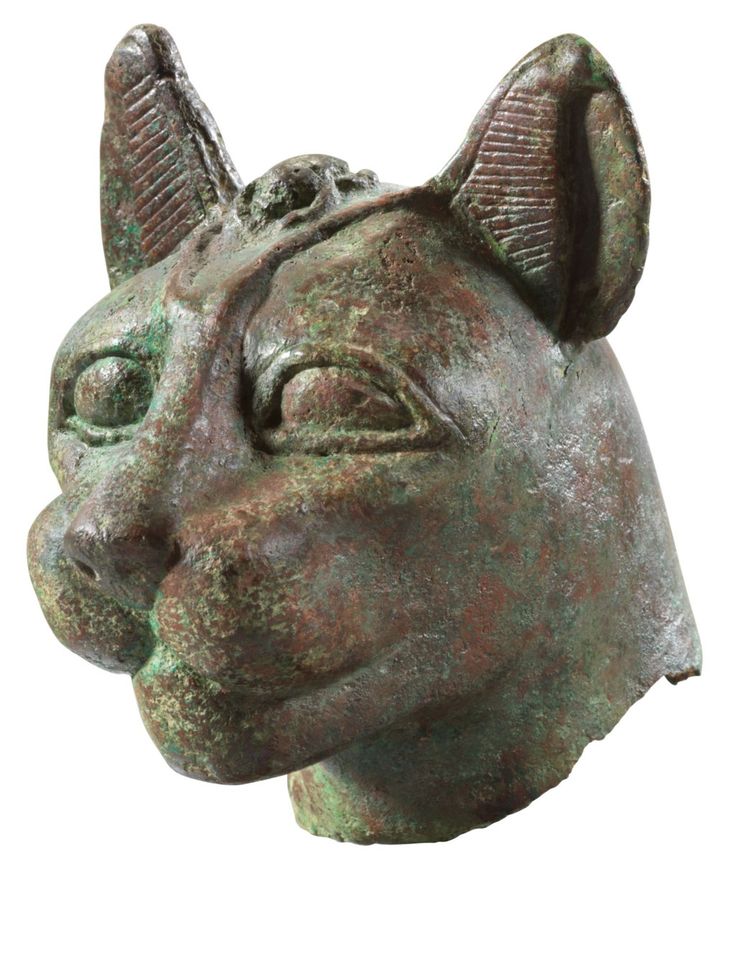
Similarly, the head of a cat held special reverence in Egyptian culture, embodying attributes of grace, agility, and mystery. Cats were revered as sacred animals associated with the goddess Bastet, who represented fertility, domesticity, and protection. Small sculptures depicting the head of a cat not only honored Bastet but also symbolized the nurturing and protective qualities attributed to feline companionship.
The head of a baboon, another significant animal in Egyptian mythology, represented Thoth, the god of wisdom, writing, and the moon. Baboons were revered for their vocalizations at sunrise, which Egyptians believed heralded the sun god Ra’s daily journey across the sky. Small sculptures depicting the head of a baboon thus served as talismans of wisdom, knowledge, and divine insight, invoking Thoth’s blessings upon their owners.
Beyond their symbolic meanings, small sculptures from the late 18th Dynasty to the Late Period reflect the Egyptians’ dedication to preserving their cultural heritage and spiritual beliefs. These artworks adorned temples, tombs, and private households, enriching everyday life with reminders of the divine and the natural world’s intrinsic beauty. They also played a role in funerary practices, accompanying the deceased on their journey to the afterlife and ensuring their protection and eternal companionship.
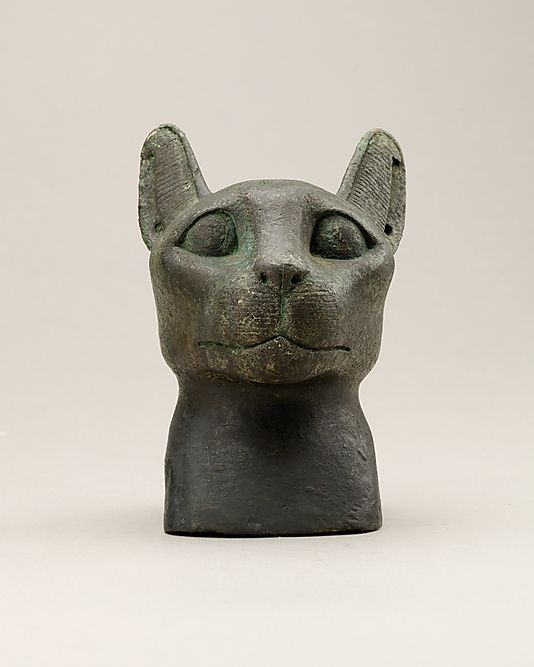
The craftsmanship of these sculptures, characterized by delicate carving and intricate detailing, attests to the skill and artistry of ancient Egyptian artisans. Through meticulous observation and reverence for their subjects, sculptors imbued each piece with lifelike qualities and enduring beauty, transcending the limitations of size to convey profound messages about faith, symbolism, and the interconnectedness of humans and the animal kingdom.
Today, small sculptures from ancient Egypt continue to captivate scholars, collectors, and enthusiasts worldwide. They serve as tangible links to a civilization that thrived along the banks of the Nile, leaving behind a legacy of innovation, spirituality, and artistic excellence. Museums and archaeological sites around the globe house these artifacts, offering opportunities for exploration, study, and contemplation of Egypt’s rich cultural heritage.
In conclusion, small sculptures such as the hedgehog, head of a cat, and head of a baboon from the late 18th Dynasty to the Late Period represent more than mere artistic achievements; they are windows into the soul of ancient Egyptian civilization. Through their symbolism, craftsmanship, and enduring presence, these sculptures invite us to delve into the complexities of Egyptian belief systems, artistic traditions, and the timeless bond between humanity and the natural world.

